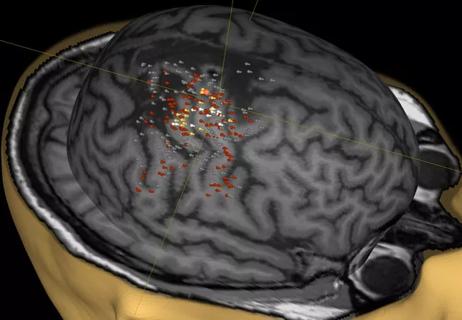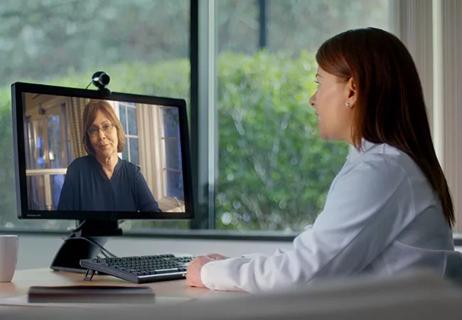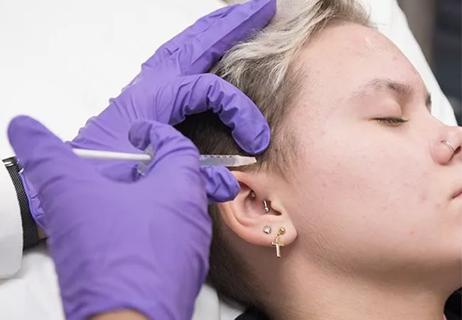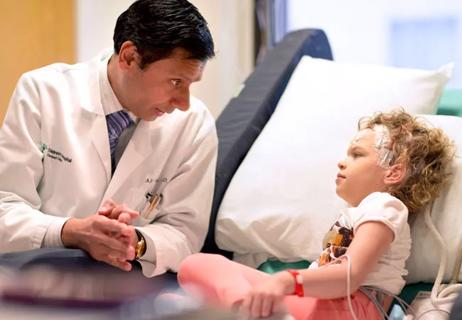Talk face-to-face about hazards

Cleveland Clinic is a non-profit academic medical center. Advertising on our site helps support our mission. We do not endorse non-Cleveland Clinic products or services. Policy
It’s no secret that social media is wildly popular among children and teenagers, consuming a lot of their time and attention. Observe the pediatric population, and their strong connection to the digital world quickly becomes obvious.
Yet social media is far from innocuous, and physicians who are aware of the hazards can better counsel patients and families on how to mitigate the risks. We must all take the opportunity to have an open, meaningful discussion with our young patients.
Physicians need to be aware of both the amount of time their teenage patients are spending online and which applications they are accessing, as different applications pose different risks. Admittedly, staying up-to-date on all the technologies teens use to chat, post information and check on each other can be challenging for physicians because new social media apps seem to be created every day.
Teenagers generally spend most of their online time focused on social media, and social media applications pose the largest risk for children. Social media can open them up to new avenues of cyberbullying or predatory behaviors, sexting and pornography. Applications that are designed to promote anonymity tend to be the highest risk. As the online safety website, InternetSafety101.org, states: “Everyone — including your child — is potentially one click away from having a virtual sexual interaction or being exposed to material once only available on the black market.”
The most popular social media apps include Instagram, Snapchat and Facebook, although many use Twitter and Tumblr to post and communicate as well. The sophistication children and teenagers possess in using the Internet and social media is startling, but what surprises me the most is the fact that social media is finding a larger and larger foothold among children as young as 6.
Data confirm that use of digital communication in the pediatric population is extensive. More than 90 percent of children in the United States have access to the Internet, including up to 70 percent who search the Internet via mobile devices such as cellphones or tablets. According to Pew Research Center data, more than 90 percent of teens are online daily, including 24 percent who are “almost constantly” connected. And of the 90 percent of teenagers online daily, 70 percent use multiple social media accounts.
Such persistent use of the Internet and reliance on social media for information can also expose teens and children to erroneous information about health. For instance, prepubescent children and adolescents curious about sexuality and development who go online for information may quickly find themselves at pornographic websites.
In addition, excessive screen time has been shown to be generally unhealthy for the developing brain because it can increase impulsivity and lower frustration tolerance.
When counseling children, teenagers and families, keep in mind that some will be better equipped to handle the challenges of the online world. Some children are more resilient to the negative impact of social media. These children tend to be already equipped with an innate sense of resiliency to negative outside criticism and to also have a strong, supportive, “real world” network of peers and family.
My take-home message to physicians is to build into a standard assessment the ability to ask about and educate children and families on the potential dangers of social media. Simply having an open and honest discussion with teenagers and children about this important topic can lead to significant improvement in online safety and a reduction in at-risk behaviors.
Beyond studying the potential problems, some researchers are examining ways to use social media to decrease some of its dangers. Cleveland Clinic child psychiatrist Tatiana Falcone, MD, is investigating social media applications specifically designed to counteract cyberbullying for pediatric patients with epilepsy.
I also recommend pointing teenagers, children and families to reputable websites for more information. Multiple sites provide in-depth analysis of social media applications and ways to prevent negative outcomes, including:
stopbullying.govinternetsafety101.org
Dr. Austerman is Director of Child and Adolescent Psychiatry at Cleveland Clinic.

A noninvasive approach to map eloquent areas before surgery

Physician reimbursement policy experts join forces with IT and coders to enable digital transformation

Minority Stroke Program focuses on outreach to racial and ethnic minority communities

Excellent response seen with ongoing use in patients as young as 11

Q&A with a psychiatrist in Cleveland Clinic’s Transgender Surgery and Medicine Program

Time constraints, language barriers, substance misuse, mood disorders targeted for improvements

Project draws $1.6M to leverage telemedicine to create medical home, ease transition to adult care

Comorbid depression is only one of the likely warning signs